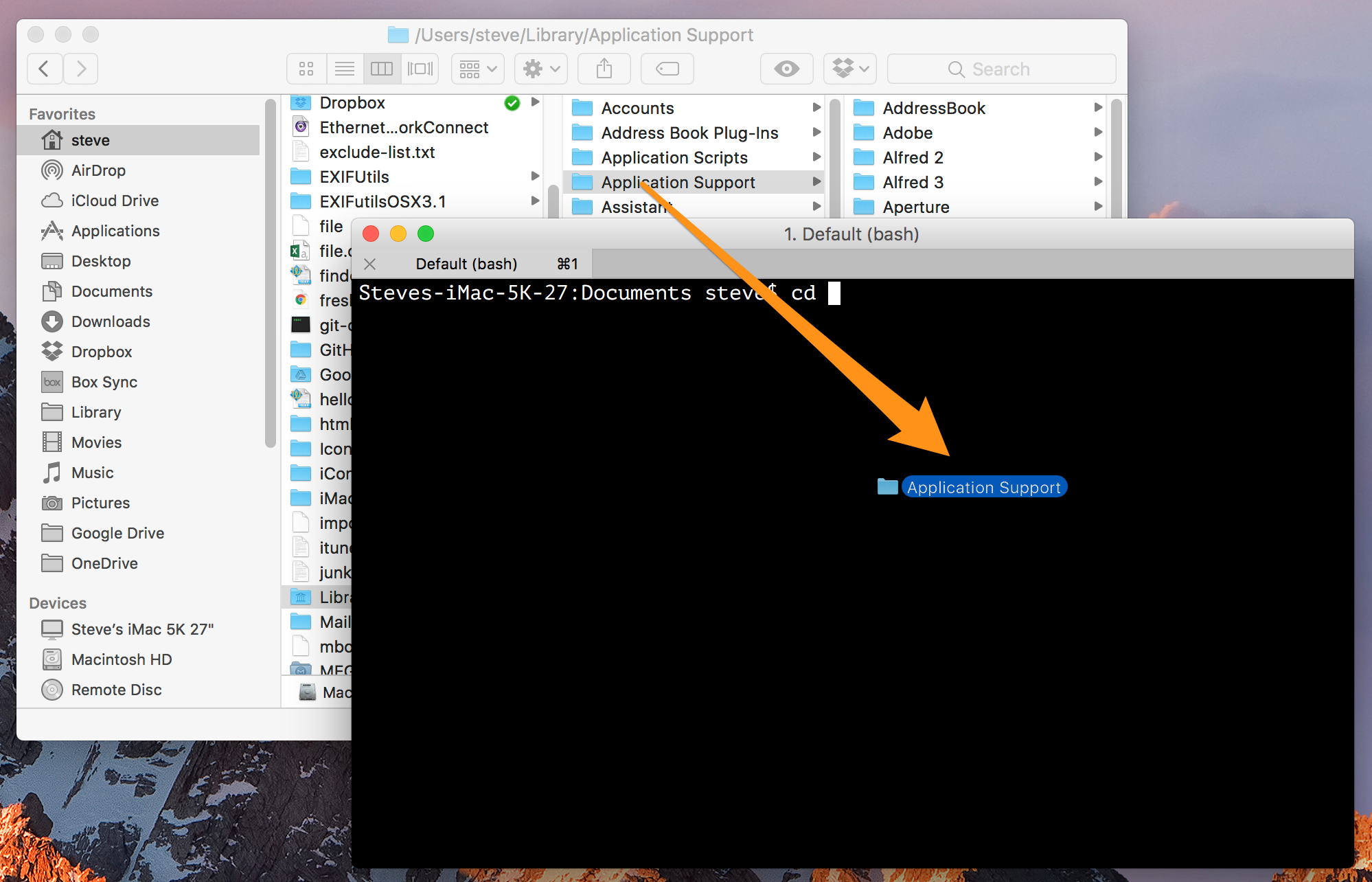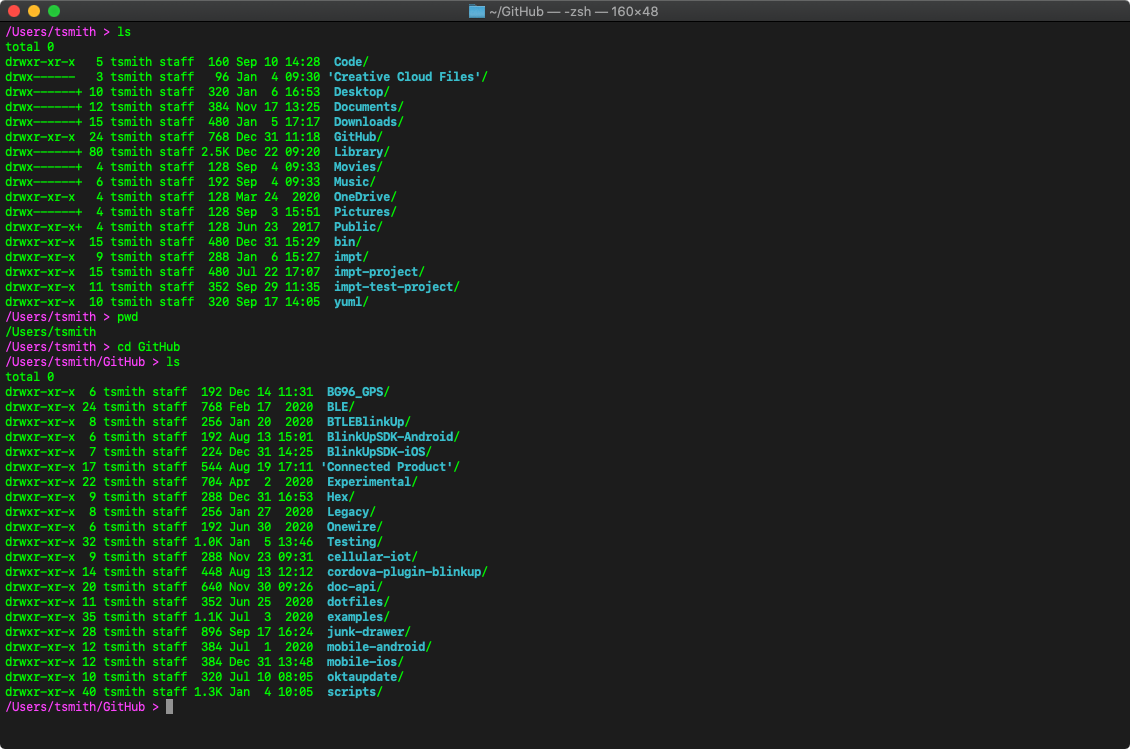

Tread thoughtfully and deliberately, and always remember to use the ‘ man‘ command to get details if you’re unsure.

The Terminal can be both handy and efficient, not to mention fun. “/Volumes/Back Seat Betty/usr/bin/du” -sh * My hard drive is named “Back Seat Betty” because I name all my drives after Miles Davis songs, so for me that command would be: If your hard drive name contains a space, it’s safer to wrap the whole thing in double quotes as I have just to make life easier. You’d modify the above command and add “/Volumes//usr/bin/” to the beginning of the statement, where is the name of your hard drive. Thankfully, your Mac’s normal hard drive has this, and it will work even if it’s in read-only mode. You’ll have to point to a different volume that contains it. Unfortunately Recover Mode is a little different because the ‘du’ command isn’t included in the skeleton system you’re running. du will take them all.įor anyone doing this from the Terminal of a normally-booted Mac, this will work exactly as you see above. * – this is the filename target, and the asterisk means “everything that doesn’t start with a period.” You could specify a single directory here or a list, or individual files.Because we’re using two switches, s and h, we can combine them together with ‘ -sh‘ -h – this switch tells ‘du’ to output the sizes in ‘human-readable’ format.-s – this switch tells ‘du’ to show you one line per filename specified.So you understand what you just typed (or are about to type): By issuing ‘du -sh *’ in the Terminal I can see the sizes of all my files and folders


 0 kommentar(er)
0 kommentar(er)
